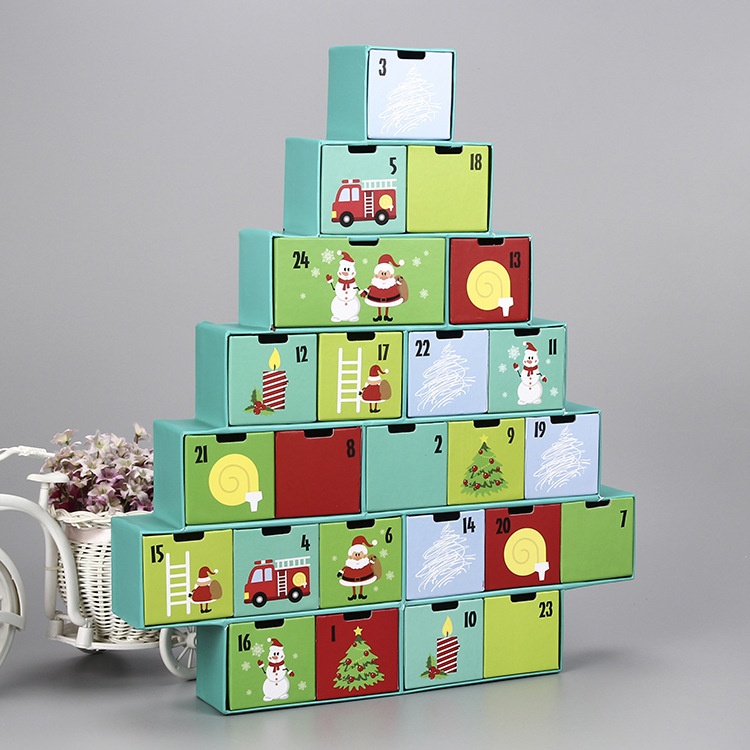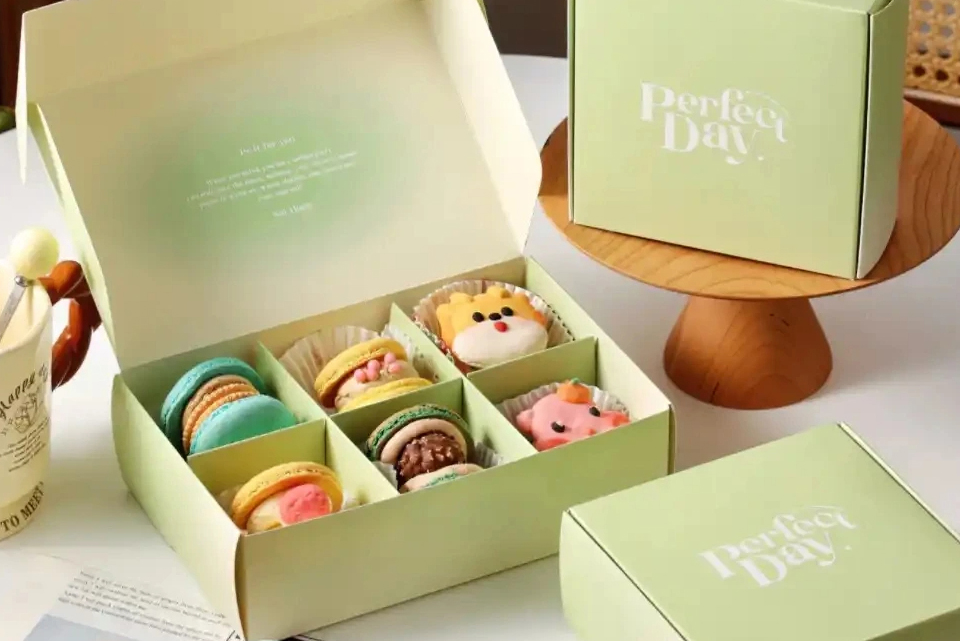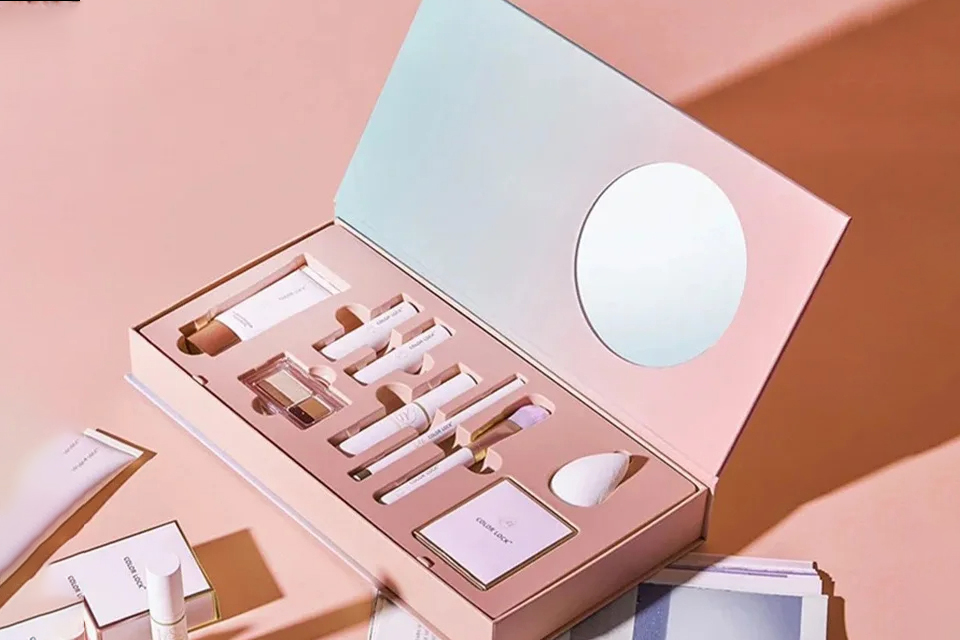Core factors affecting customized packaging costs
The price difference of customized packaging is affected by multiple dimensions such as materials, processes, and order volume. This article combines industry data and real cases to provide feasible packaging solutions for small and medium-sized enterprises and high-end brands.
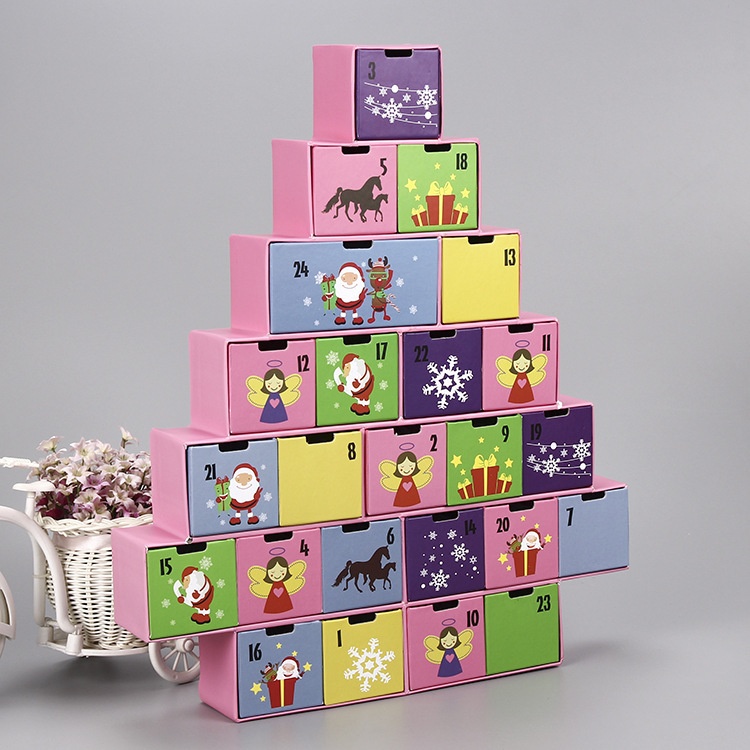
1. Price classification: From economical to luxurious packaging options
1. Economical packaging
- Folding paper box: Environmentally friendly cardboard is used, suitable for lightweight products such as food and cosmetics, and the cost of four-color printing is about US$0.5-1.5 per piece.
- Flexible packaging bag: Composite film material (plastic/aluminum foil) takes into account waterproofness, with a unit price as low as US$0.25, suitable for snacks and powder products.
2. Mid-range packaging
- Corrugated paper box: Made of kraft paper, it has strong impact resistance and is the first choice for fragile products in e-commerce.
- Clamshell hard box: Texture upgrade, suitable for high-end retail products, and can enhance brand recognition through hot stamping.
3. High-end customized packaging
- Hard environmentally friendly paper box: 120pt thickened cardboard with silk lining, suitable for luxury goods and electronic products.
- Handmade custom box: Laser engraving, bio-based materials and other processes further increase the premium, and the complexity of the design directly affects the cost.
2. Four key factors affecting cost
- Material selection: In 2024, the global price of kraft paper will rise by 12%, and the cost of environmentally friendly materials (such as compostable plastics) is 30% higher than that of traditional materials.
- Order size: The unit price of small batch orders below 500 pieces can reach US$1, while orders of 10,000 pieces can be compressed to US$0.15.
- Printing process: Offset printing is suitable for large batches (500+), and the cost is 40% lower than digital printing; hot stamping/embossing process adds US$1-2 per piece.
- Logistics optimization: Flat design reduces volume and weight. FedEx statistics show that it can reduce transportation costs by 15%.
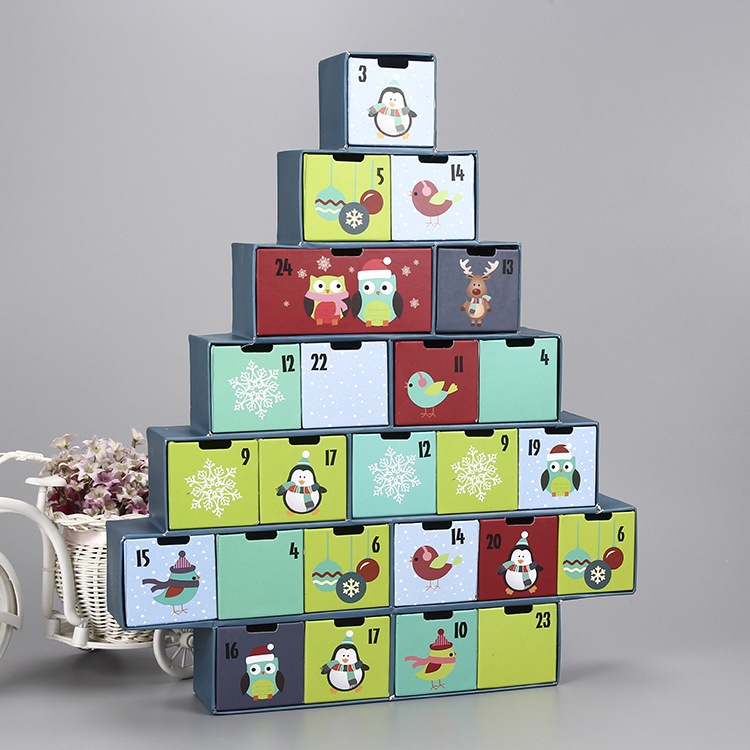
3. Practical strategies for reducing costs and increasing efficiency
1. Bulk procurement and localized production
- Amazon standardized carton sizes through the “Worry-Free Packaging Program”, reducing material waste by 16%.
- China’s supply chain advantage: The unit price of packaging factories in East China for orders of more than 5,000 pieces is 20% lower than that in North America.
2. Balance between environmental protection and brand premium
- Puma replaced traditional shoe boxes with recyclable “Clever Little Bags”, reducing weight by 65% and saving 8,500 tons of paper annually.
- Lush cosmetics use corn-based foam lining, which increases costs by 10%, but increases customer repurchase rate by 25%.
3. Technological innovation drives cost optimization
- AI design tools: Google Gemini and other models can quickly generate packaging structure diagrams, reducing design cycles and labor costs.
- Automated production: Intelligent die-cutting machines reduce scrap loss and increase hard box processing efficiency by 3 times.
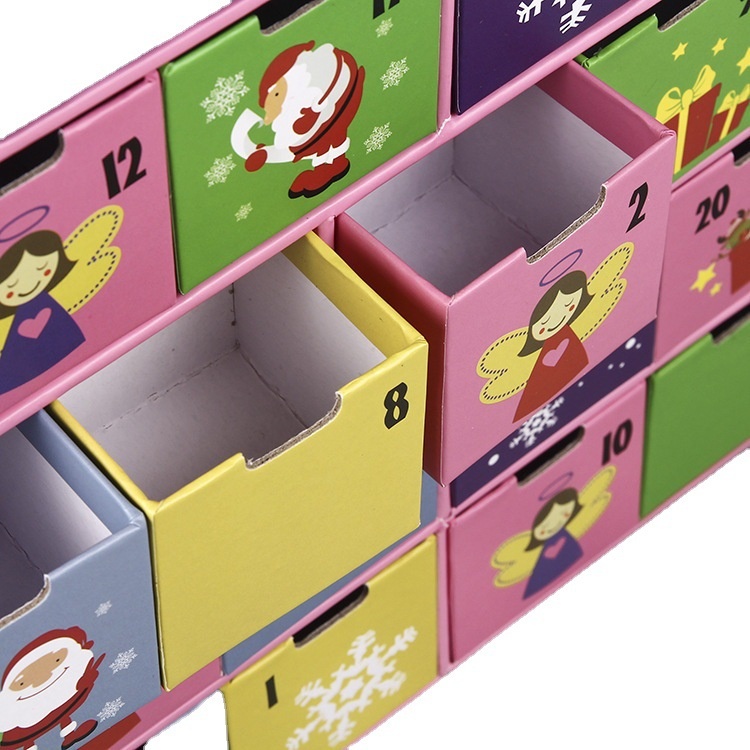
4. Market opportunities for high-end customized packaging
1. Refined demand in the luxury goods sector
- Hermès’ 2024 financial report shows that customers of customized gift boxes are willing to pay a 30% premium for bio-based silk linings.
- The application of laser engraving technology in jewelry packaging has increased by 45%, and the cost per piece has increased by $8, but the conversion rate has increased by 18%.
2. Sustainable and high-end win-win path
- The cost of degradable bamboo fiber materials has dropped to 1.2 times that of traditional cardboard, becoming a new favorite of light luxury brands.
- FedEx’s “Green Logistics Program” reduces freight costs by 5% for companies using FSC-certified packaging.
5. Golden rules for selecting suppliers
- Sample testing: ISTA-certified drop test reports are required to ensure that fragile packaging meets standards.
- Long-term cooperation: Signing an annual framework agreement can get a 15% discount, and priority in property rights to avoid peak season delays.
- Technology binding: Cooperate with factories with AI design capabilities to increase response speed by 60%.



